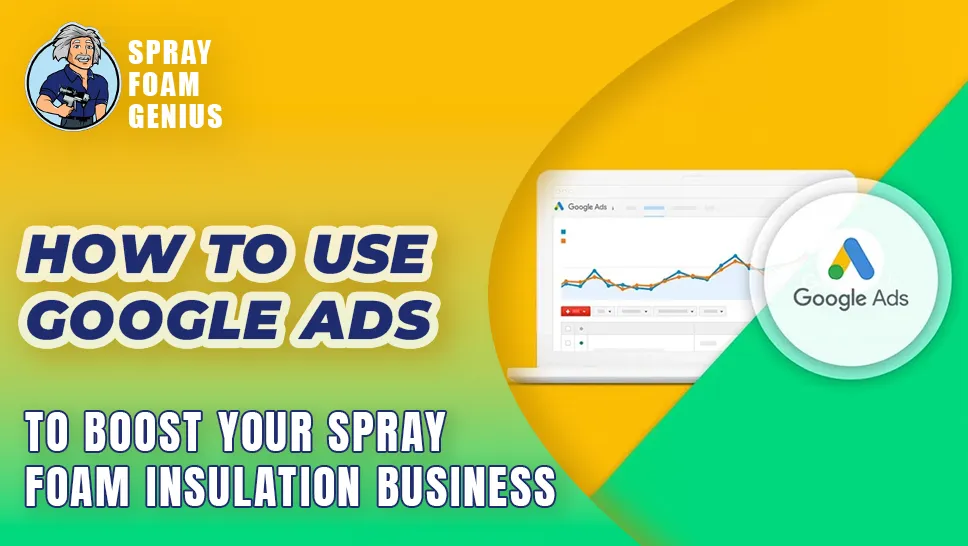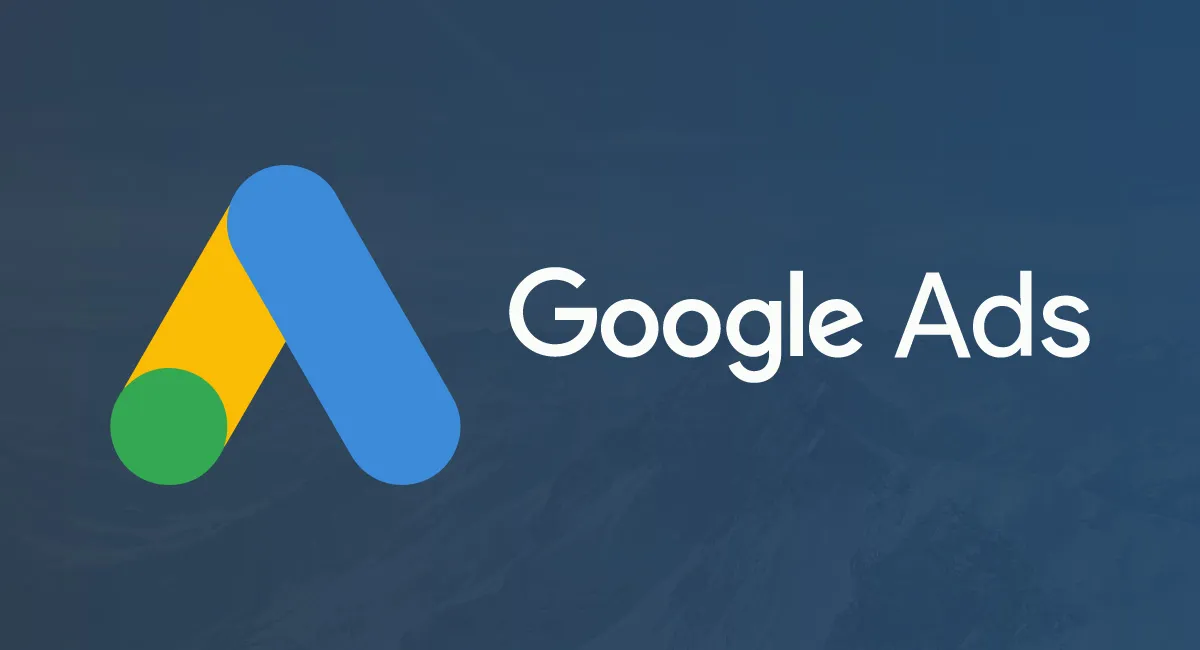
In today’s competitive market, spray foam insulation contractors face the challenge of standing out in a sea of competitors. As Spray Foam Genius Marketing, we understand that visibility is crucial to growing your business. One of the most effective ways to achieve this is through Google Ads—a powerful pay-per-click (PPC) advertising platform that can help you reach potential customers precisely when they are searching for your services. This guide will walk you through the essential steps of using Google Ads to boost your spray foam insulation business, ensuring your campaigns are optimized for maximum ROI.
Understanding Google Ads: A Quick Overview
What Are Google Ads?
Google Ads is a PPC advertising platform where businesses bid on keywords relevant to their services. When someone searches for these keywords on Google, your ad can appear at the top of the search results. You only pay when someone clicks on your ad, making it a cost-effective way to drive targeted traffic to your website.
Why Google Ads for Spray Foam Insulation Contractors?
For spray foam insulation contractors, Google Ads offers a direct line to potential customers actively searching for insulation services. This intent-driven approach means you’re reaching people who are already interested in what you offer, increasing the likelihood of conversion. Whether targeting residential homeowners or commercial clients, Google Ads provides the tools and flexibility to create highly targeted campaigns that speak directly to your audience.
Setting Up Your Google Ads Account: A Step-by-Step Guide
Step 1: Create Your Google Ads Account
You’ll need to set up an account to start with Google Ads. Follow these steps:
- Go to ads.google.com and click on “Start Now.”
- Sign in with your Google account or create a new one.
- Enter your business details, including your website URL and location.
- Set your billing information to complete the account setup.
Step 2: Define Your Advertising Goals
Before diving into creating ads, it’s important to define what you want to achieve. Common goals for spray foam insulation contractors include:
- Increasing website traffic: Drive potential customers to your website.
- Generating leads: Encourage users to fill out a form or call your business.
- Boosting brand awareness: Make your brand known in your local market.
Clearly defining your goals will help you shape your campaigns and measure success effectively.
Keyword Research: Finding the Right Keywords for Your Ads
Understanding Keyword Intent
Keywords are the backbone of any Google Ads campaign. For spray foam insulation contractors, choosing the right keywords can make or break your advertising efforts. Focus on keywords that have high commercial intent—these are the terms people search when they are ready to hire a contractor, such as “spray foam insulation near me” or “best spray foam insulation contractor.”
Tools for Keyword Research
Utilize tools like Google Keyword Planner, Ahrefs, or SEMrush to find keywords relevant to your business. Look for:
- High search volume: Keywords that people are frequently searching for.
- Low to medium competition: Keywords that aren’t dominated by large companies.
- High commercial intent: Keywords that suggest the searcher is ready to buy, such as “cost of spray foam insulation” or “spray foam insulation for the attic.”
Organizing Keywords into Ad Groups
Once you’ve identified your keywords, organize them into tightly themed ad groups. For example:
- Residential Keywords: “home insulation,” “attic spray foam,” “spray foam insulation for homes.”
- Commercial Keywords: “commercial spray foam,” “warehouse insulation,” “industrial spray foam insulation.”
Organizing keywords into specific ad groups ensures your ads are highly relevant to the search terms, which improves your Quality Score and reduces costs per click.
Targeting the Right Audience: Maximizing Reach with Google Ads
Geographic Targeting
For spray foam insulation contractors, local targeting is crucial. Use geographic targeting to focus on your service areas, whether it’s specific cities, regions, or a radius around your business location. This ensures your ads are shown to users who are within your service area and more likely to convert.
Demographic Targeting
Demographic targeting allows you to narrow down your audience based on factors like age, gender, income, and more. For example, you might target homeowners aged 30-65 with a certain household income, as these demographics are more likely to invest in insulation services.
Audience Segmentation
Google Ads offers advanced audience segmentation options, including:
- In-Market Audiences: Target users actively searching for home improvement services.
- Custom Audiences: Create audiences based on specific interests or search behaviors related to insulation or energy efficiency.
- Remarketing: Show ads to users who have previously visited your website, keeping your business top of mind.
Optimizing Your Google Ads Campaigns: Tips for Continuous Improvement
1. Monitor Your Campaign Performance
Regularly review your campaign performance in Google Ads. Key metrics to monitor include:
- Click-Through Rate (CTR): A higher CTR indicates your ads are relevant to users.
- Conversion Rate: Measures the percentage of clicks that result in a desired action, such as a phone call or form submission.
- Cost Per Conversion: Helps determine how much you’re spending to acquire a new customer.
2. A/B Test Your Ads
A/B testing, or split testing, involves running two versions of an ad to see which performs better. Test different headlines, descriptions, and CTAs to find the combination that drives the most conversions.
3. Adjust Your Bids and Budgets
Bid adjustments allow you to increase or decrease your bids based on specific criteria, such as time of day, device, or location. For example, you might bid higher during peak times when more people are searching for insulation services or adjust bids for mobile devices if most of your conversions come from mobile users.
4. Optimize for Quality Score
Quality Score is Google’s rating of the quality and relevance of your keywords, ads, and landing pages. A higher Quality Score can lead to lower costs and better ad positions. To improve your Quality Score:
- Ensure ad relevance: Match your ads closely with the keywords in your ad group.
- Optimize landing pages: Make sure your landing pages are relevant, load quickly, and provide a good user experience.
- Improve CTR: High CTRs are a signal of ad relevance and can boost your Quality Score.
Leveraging Google Ads Features: Advanced Strategies for Success

Utilize Smart Bidding
Smart Bidding uses Google’s machine learning to optimize your bids for conversions. By setting your goals, such as maximizing conversions or target CPA (Cost Per Acquisition), Smart Bidding automatically adjusts your bids to get the best results.
Use Negative Keywords
Negative keywords are terms that you don’t want your ads to show for. For example, if you only offer spray foam insulation, you might add “fiberglass insulation” as a negative keyword to prevent your ads from showing on searches for that product.
Dynamic Search Ads
Dynamic Search Ads automatically generate headlines and landing pages based on the content of your website. This is a great option if you have a large website with many pages, as it helps capture searches you might miss with standard keyword-based campaigns.
Ad Scheduling
Use ad scheduling to show your ads during the days and times when your target audience is most likely to be searching. For instance, if your customers are mostly active during weekdays, adjust your ad schedule accordingly to maximize visibility.
Tracking and Measuring Success: Using Google Analytics and Conversion Tracking
Set Up Conversion Tracking
Conversion tracking is essential for measuring the success of your Google Ads campaigns. By setting up conversion tracking, you can see which ads and keywords are driving the most valuable actions, such as phone calls or form submissions.
Integrate Google Analytics
Integrating Google Analytics with your Google Ads account provides deeper insights into user behavior on your website. This allows you to:
- Track user interactions: See how users navigate your site after clicking on an ad.
- Identify drop-off points: Find where users are leaving your site and make adjustments to improve engagement.
- Measure ROI: Analyze your return on ad spend (ROAS) to ensure your campaigns are profitable.
Regularly Review and Adjust
Digital advertising is not a set-it-and-forget-it strategy. Regularly reviewing your data and making adjustments is crucial to long-term success. Use the insights gained from your analytics to refine your keywords, ads, and landing pages for continuous improvement.
Ready to Boost Your Business with Google Ads?
Are you ready to take your spray foam insulation business to the next level with Google Ads? At Spray Foam Genius Marketing, we specialize in helping spray foam contractors like you reach more customers and grow your business. From setting up your first campaign to ongoing optimization and management, our team of experts is here to support you every step of the way.
Contact us today at 877-840-FOAM for USA and 844-741-FOAM for Canada, visit our website at sprayfoamgeniusmarketing.com, or email us at [email protected] to get started!
Let’s make your business the go-to choice for spray foam insulation in your area!
- How to Use Pinterest to Market Your Spray Foam Insulation Services - December 27, 2023
- How to Use LinkedIn to Grow Your Spray Foam Insulation Business - December 23, 2023
- How to Use Instagram to Showcase Your Spray Foam Insulation Projects - December 16, 2023

